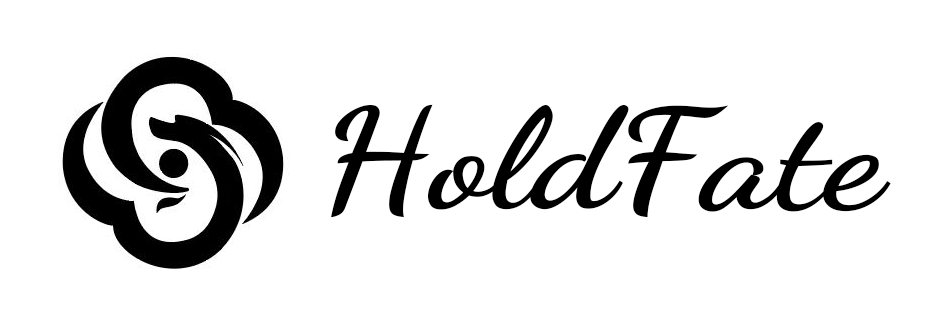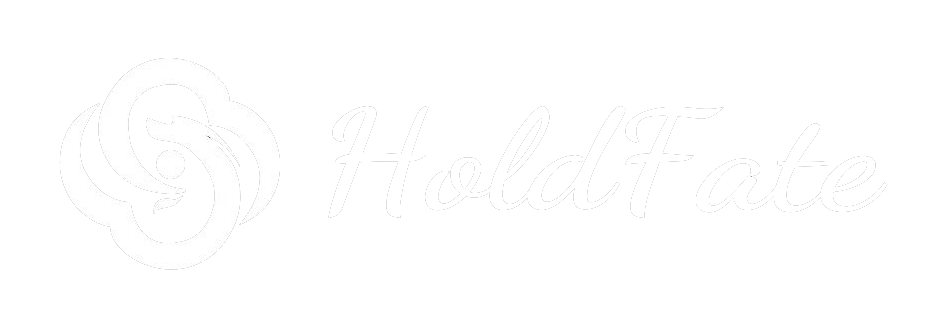No products in the cart.: $0.00
How does Yin-Yang philosophy influence modern science?
It’s fascinating how an ancient concept like Yin-Yang keeps popping up in modern scientific discussions like an unexpected guest who turns out to be the life of the party. You wouldn’t expect 3,000-year-old philosophy to have much to say about quantum physics or systems biology, but here we are – the interplay of opposites proving surprisingly relevant in cutting-edge laboratories. What started as a way for ancient Chinese scholars to explain seasonal changes and human health has evolved into a surprisingly robust framework that resonates with some of our most advanced scientific discoveries.
Quantum mechanics meets ancient wisdom
Now here’s something mind-blowing – Niels Bohr, the father of quantum theory, actually adopted the Taijitu (that famous yin-yang symbol) as his coat of arms after visiting China in 1937. And it wasn’t just for aesthetics. The principle of complementarity in quantum mechanics – where particles exhibit both wave and particle nature – bears uncanny resemblance to yin-yang’s mutual dependence concept. Modern experiments showing photons behaving differently when observed? That’s practically a laboratory demonstration of “observer effect meets yin-yang interplay.”
From traditional medicine to systems biology
In my readings about traditional Chinese medicine, I’ve always been struck by how it views health as dynamic balance rather than binary states of sick/healthy. Turns out modern systems biology is arriving at similar conclusions, just with fancier terminology. Researchers studying microbiome ecosystems increasingly describe health as “homeodynamic equilibrium” – a fancy way of saying what Chinese physicians articulated millennia ago. The gut-brain axis? Sounds remarkably like old theories about organ systems influencing each other through meridian networks.
Emergence of a new scientific paradigm
Here’s where it gets really interesting – the limitations of reductionist science are becoming apparent in complex systems, and yin-yang philosophy offers alternative perspectives. Scientist Meinolf Dierkes at the Max Planck Institute found traditional Chinese approaches helpful when modeling ecological systems where components constantly interact and transform. It makes you wonder – could these ancient concepts help navigate the messy complexity of climate change or pandemic modeling that stubbornly resists linear analysis?
While we shouldn’t romanticize ancient wisdom as some lost scientific golden age, the continuing relevance of yin-yang thinking is a humbling reminder that good ideas transcend their origins. As researchers at the Santa Fe Institute noted in their complexity studies, sometimes the answers we need were hinted at centuries ago – just waiting for our instruments and methodologies to catch up.



 Please wait…
Please wait…